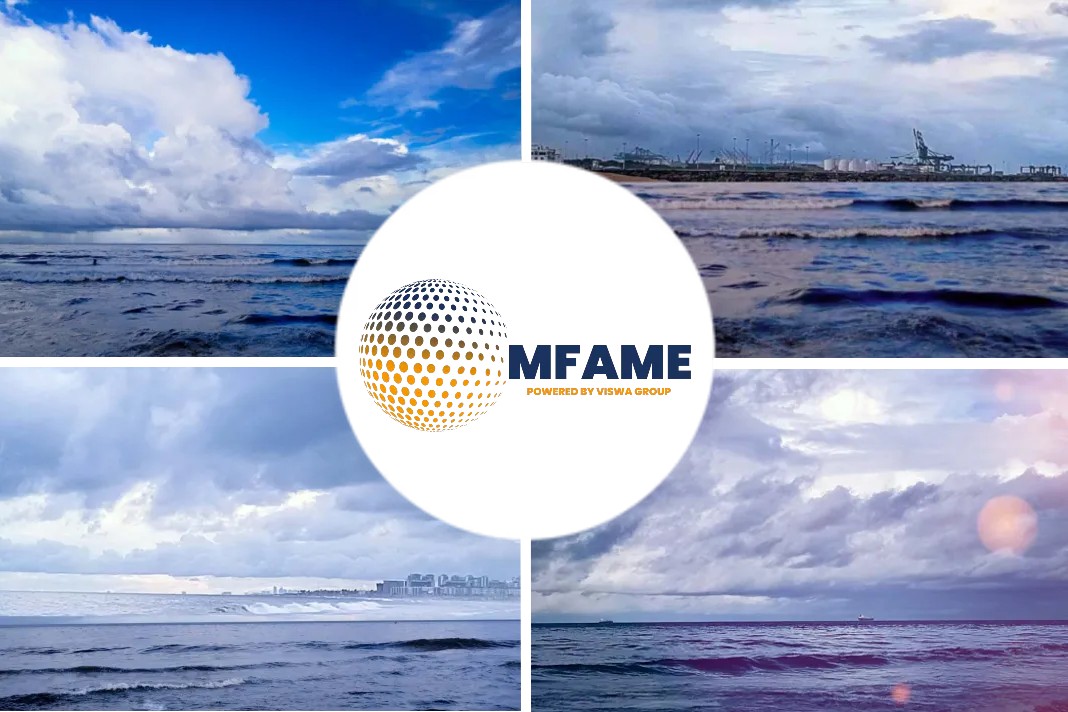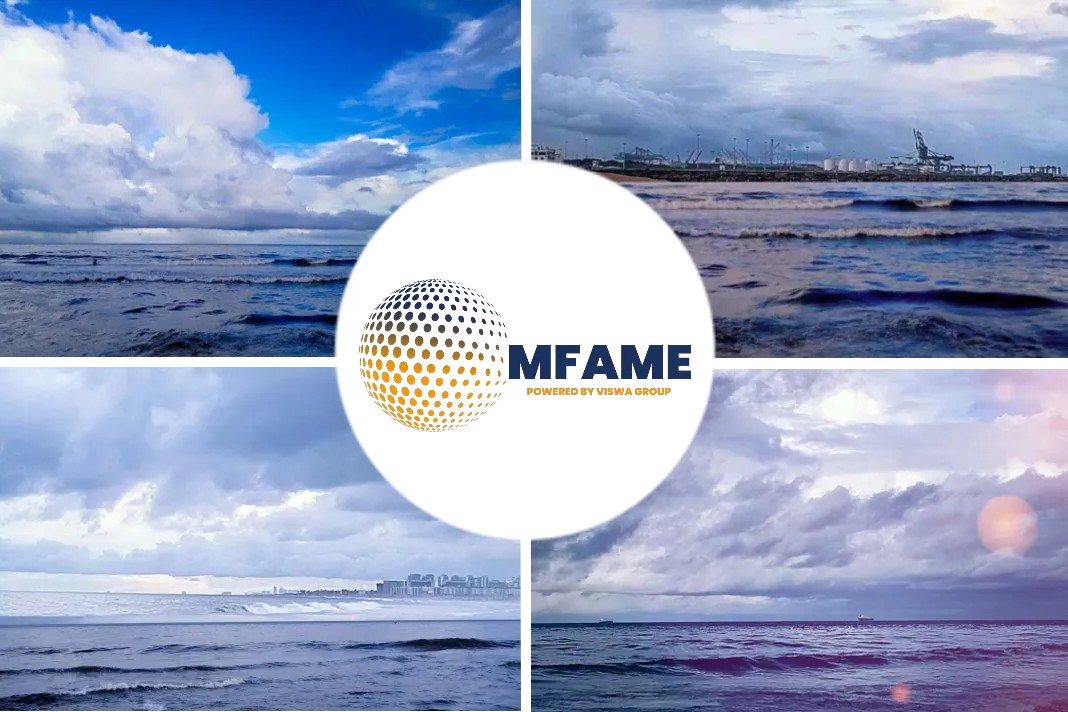- Pacific Capesize rates plunge sharply in July amid excess vessel supply due to lack of demand.
- Sharp fall in Capesize time charter equivalent rates in July after breaching the key $30,000/day level in end-June amid availability of spot vessels for trips within the Pacific.
- The time charter equivalent rate for a non-scrubber fitted Capesize vessel opening in north China to move iron ore from Western Australia to China was at $15,109/d on July 21.
- This is down about 58% from $35,716/d noticed on July 3. The highest level reached since Platts started this assessment on November 1, 2019.
A recent news reported in Platts, written by Carina Li and Shriram Sivaramakrishnan highlights about the key Western Australia-China route that drops over $5,000/d on day. It also brings to notice about the easing port congestion in China that floods market with ships.
Less demand and more spot vessels
Plunging freight forward agreement rates added to the bearish sentiment.
According to sources, more number of spot vessels available with little demand for cargoes. Lesser number of iron ore cargoes are there in the market, especially from iron ore mining majors from Western Australia.
Supply of ships increased as vessels delayed at Chinese ports over the previous weeks were coming in, market sources said.
“Interest from ship-operators is not there like there was three weeks ago when the market was pushing up,” a shipbroker source said. Speculative activity from operators was required to bring some support to this market, he added.
“Overall [cargo] volumes from miners in July has been much less compared to June 20-30,” the shipbroker said.
Congestion pushes market up
Fall in Freight rates in the Atlantic basin is acute.
Presently, as many ships ballast out of China, the freight rates would likely be weakened for second-half August loading dates out of Brazil, the source added.
“Congestion is a double edged sword — it can push markets up, and can crash it down like what is happening now,” a Capesize ship-operating source said.
“I have noticed that the tonnage list in the Pacific is too long, especially during these two weeks,” a Capesize ship-owning source said.
“Many of the ballasters are fixed to operators rather than end-users. As the spot demand from Brazil is not strong, the freight rate for early August laycans is under pressure,” the shipowner source said.
Did you subscribe to our daily newsletter?
It’s Free! Click here to Subscribe!
Source: Platts
























